DeLorean: Back from the Future was one of those documentaries — for me at least — that takes a story you thought you sort of knew and makes you realise a) that you didn’t really, and b) what a great story it is.
The programme began, as it was pretty much duty-bound to, with a clip of Michael J. Fox and the time-travelling DeLorean car from the movie that inspired Wednesday’s means-less-the-more-you-think-about-it subtitle. A series of captions then introduced us to John DeLorean himself: a man who ‘had everything’ (cue shots of a much younger ex-model wife and some Rolexes) until he ‘risked it all’ in the mid-1970s, when he left a high-ranking post at General Motors to found his own sports-car company. Now all he needed was the money.
Luckily, the British government was happy to help. Having failed to secure a deal in the Republic of Ireland, whose party-pooping ministers actually checked up on his claim to have 30,000 advance orders, DeLorean was given around £54 million to set up in Belfast — almost every mention of which the programme illustrated with a handy montage of explosions.
As we saw, his new factory was reported on for the BBC by a curly-haired young scamp called Jeremy Paxman. (Looking back on DeLorean now, Paxo seemed particularly outraged that ‘a man with perfect teeth’ should have shown up in Belfast at all.) It was also one of the few places in the city where Catholics and Protestants mingled, although something both sides of the workforce did have in common was that they’d never made cars before. Nor did DeLorean take a hands-on approach — preferring, perhaps understandably, to spend a fair amount of his British government money on the New York highlife.
By the time the cars were ready for the American market in 1981, a recession was causing car sales to plummet. Nonetheless, the DeLorean might still have done better if, for example, its famous gull-wing doors didn’t keep getting stuck. DeLorean also discovered that, when it came to bailouts, Mrs Thatcher’s Conservatives were less of a pushover than the previous Labour government — which is why he decided to diversify into cocaine-smuggling…
Faced with such material, the documentary couldn’t really go wrong, even if it sometimes did its best to — mainly by adopting a similar look-at-me flashiness as DeLorean himself. The clichéd captions kept coming, accompanied by excited Pearl & Dean-style music. Some of the chronological jumping about was so jumpy that a spot of Wikipedia consultation was later required to work out exactly what happened when. The programme also provided further incontrovertible evidence that film-makers should simply let their talking heads talk rather than subjecting them to camera trickery that ranges from the pointless to the wildly distracting.
Fortunately, none of this was done at the expense of nuance. By the end, it was perfectly possible to regard DeLorean as a full-blown psychopath, a ghetto kid on the make, a man with a damaging superiority complex, a man with a damaging inferiority complex and even something of a tragic figure. In other words, he authentically remained a mystery.
At the start of a new drama series on Sunday, we saw successively a man hanging upside down on a winch, a large knife flashing and a flock of birds suddenly taking off from the roof of an isolated barn in an unmistakably broody landscape. So yes, it’s more Nordic noir — this time All My Sins from Finland.
As it turned out, this barn killing was the second within in a week in the small northern town of Varjakka. Hence the arrival of a couple of impeccably troubled detectives from Helsinki. Sanna is a middle-aged woman apparently consoling herself for being estranged from her daughter by picking up blokes with commendable efficiency; Lauri, a younger man with a tendency to hit his boyfriend, grew up in Varjakka and so acts as Sanna’s (and our) guide to the place.
Not that he’s delighted to be back, his homosexuality having earned him the abiding disapproval of his parents. Like many of the local inhabitants, they’re Laestadians: a real-life Lutheran sect specialising in big families, a belief in the wrongness of every other religion, and, in All the Sinsit seems, being murdered in barns.
After one episode, things are already nicely tangled (especially as Sanna instantly slept with a man who’s since become a key suspect). Yet, while the murder plot is certainly intriguing, the central appeal of the programme is that it plunges us deeply into a world that I suspect most of us never knew existed. This is not a phrase I’ve used in a TV review before but the series looks like being an unmissable portrait of the north Finnish Bible belt.
Got something to add? Join the discussion and comment below.
Get 10 issues for just $10
Subscribe to The Spectator Australia today for the next 10 magazine issues, plus full online access, for just $10.
You might disagree with half of it, but you’ll enjoy reading all of it. Try your first month for free, then just $2 a week for the remainder of your first year.

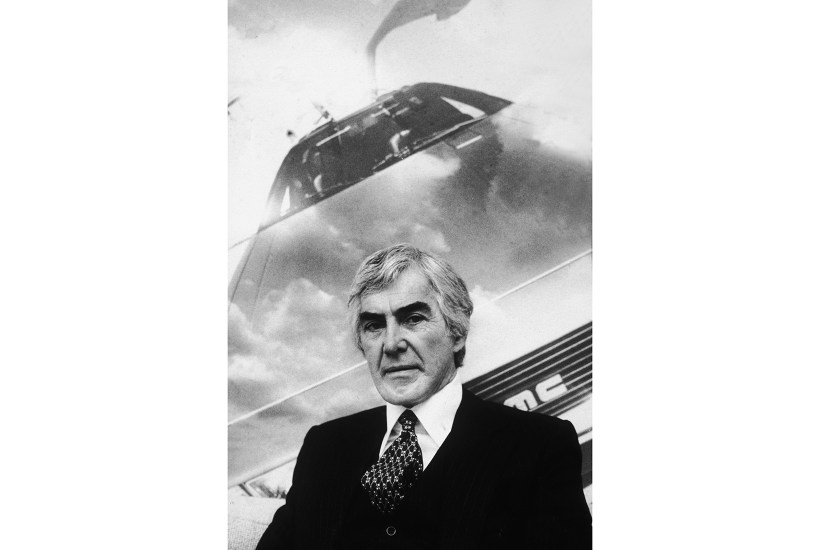
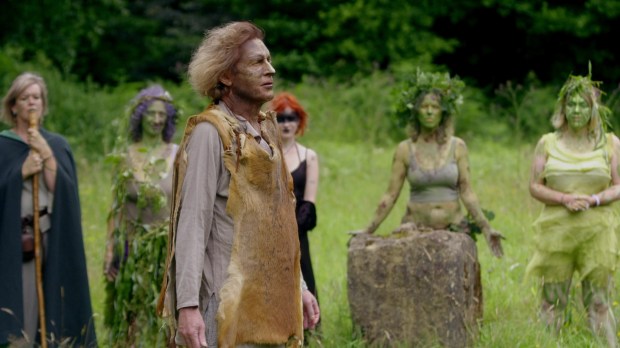
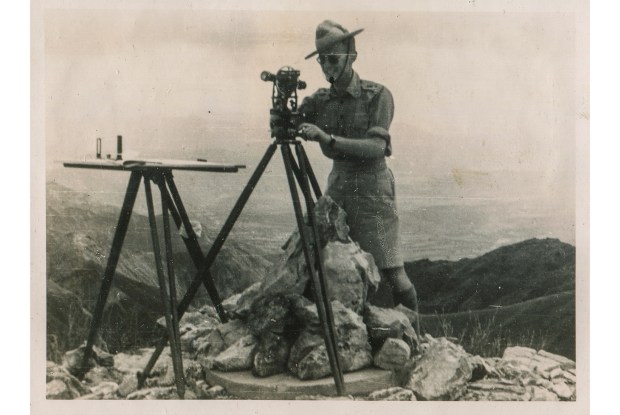
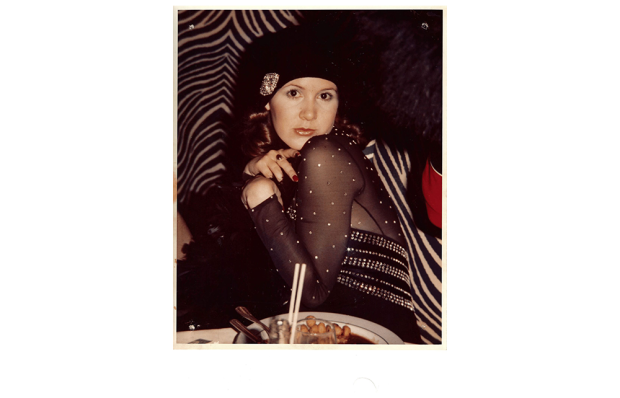
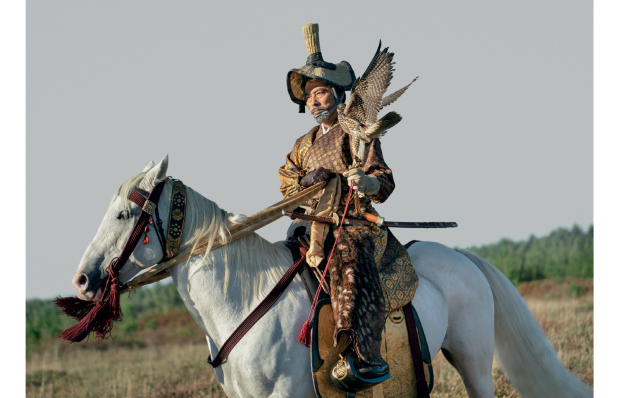

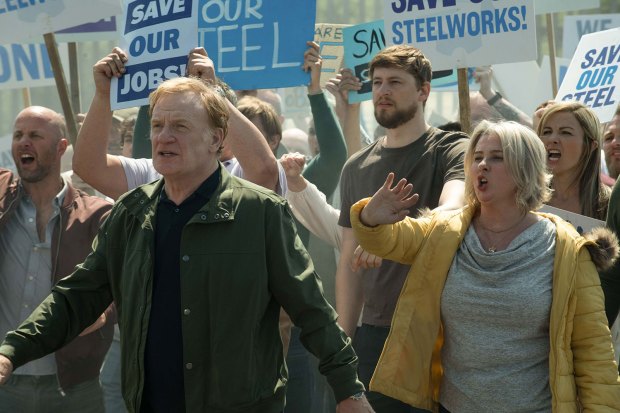






Comments
Don't miss out
Join the conversation with other Spectator Australia readers. Subscribe to leave a comment.
SUBSCRIBEAlready a subscriber? Log in